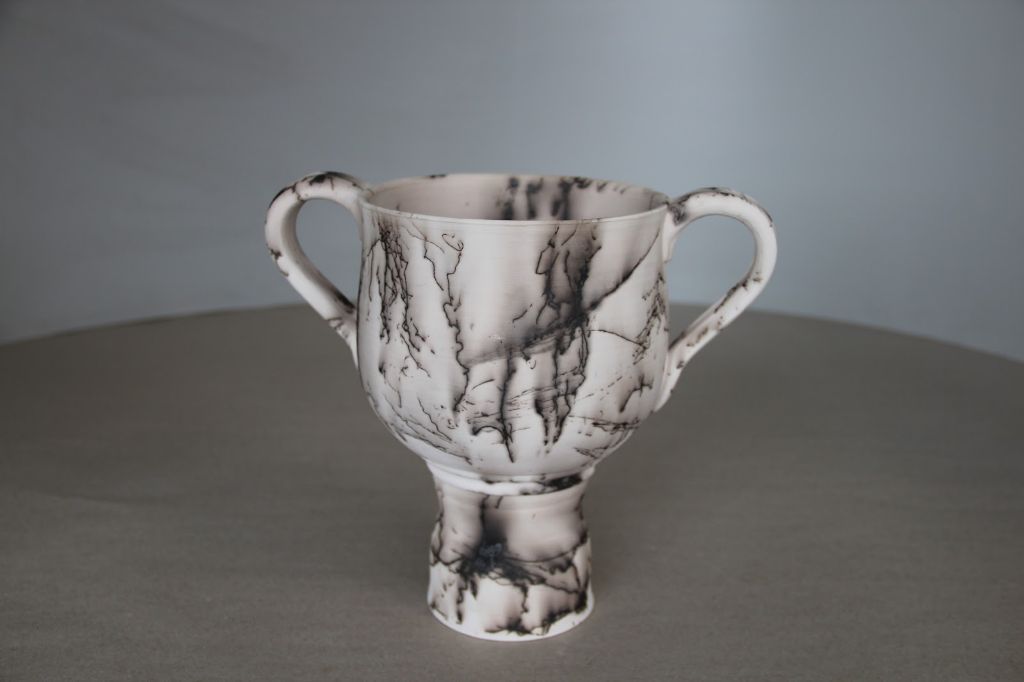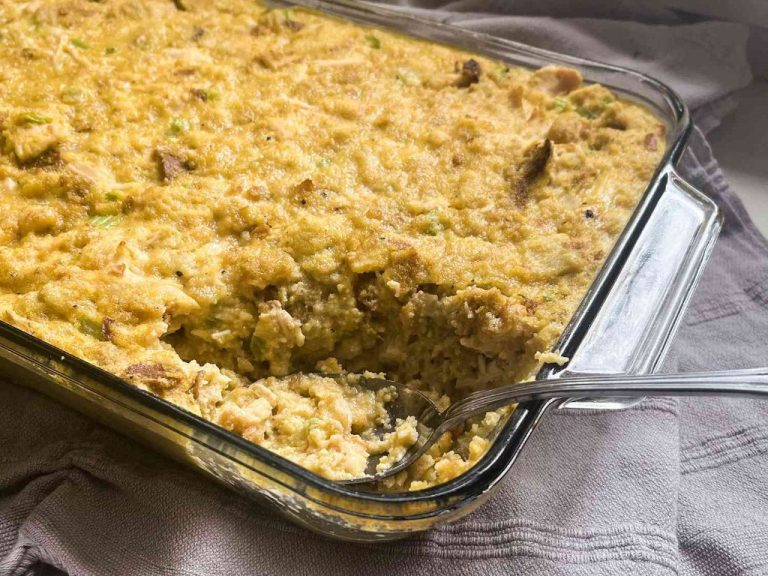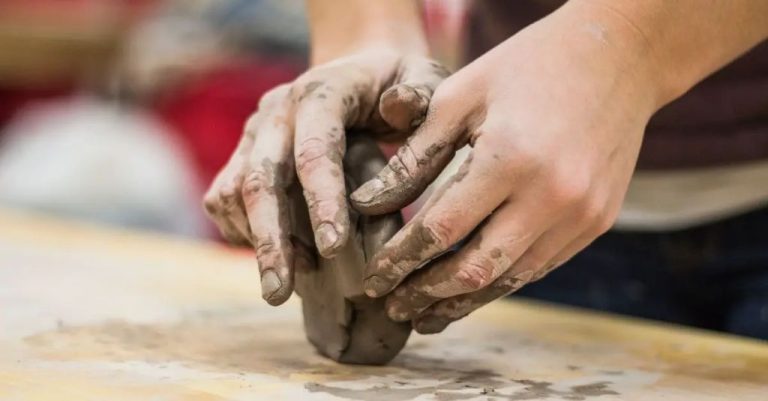Is Ceramic Expensive To Make?
Ceramics are inorganic, non-metallic solids made up of compounds like oxides, nitrides, and carbides. They are typically hard, brittle materials that can withstand high temperatures. Ceramics have a wide range of uses including structural applications, electrical and thermal insulation, glass, abrasives, cements, and more. They are an essential part of modern technologies ranging from electronics to aerospace. With their diverse properties and applications, ceramics play an integral role in countless aspects of everyday life.
Raw Materials
The primary raw materials used in ceramic manufacturing are clay, silica, feldspar, quartz, and kaolin (Ceramic Arts Network). Clays are naturally occurring aluminosilicate minerals found in deposits across the world. They provide the plasticity and binding properties in ceramic production. The most common clays used are kaolin, ball clay, bentonite, and common clay. Non-clay ceramic materials include feldspar, silica, and alumina. Feldspar acts as a flux, lowering the vitrifying temperature of ceramics during firing. Silica is a key component of whiteware ceramics like porcelain, providing strength and translucency. Alumina (Al2O3) is a major ingredient in technical ceramics due to its high strength and excellent dielectric properties (EPA 11.7).
Processing
The main steps in processing raw ceramic materials into finished ceramic products include mining, refining, molding, drying, glazing, and firing. Here is a more detailed overview of the ceramic manufacturing process steps:
The raw materials, including clay, silica sand, and quartz, are mined from the earth. The raw minerals are then refined and purified to produce high quality materials for processing. Common methods for refining include magnetic separation, froth flotation, and screening.
The refined materials are mixed with water and other additives to create a plastic mixture called ceramic slurry or slip. The slurry is molded into the desired shapes by methods such as slip casting, injection molding, or extrusion. Complex shapes can be created using molds while simpler shapes may be formed by hand.
Once shaped, the ceramic pieces, known as greenware, are air dried or dried in kilns to remove the water from the slurry mixture. The dried greenware is very fragile at this stage before firing. Some greenware may be trimmed or machined before the firing process.
Many ceramic products receive decorative surface coatings called glazes before firing. Glazes provide color and effects like glossiness to the final ceramic product. Glazes are applied by methods like spraying, brushing, or dipping.
Finally, the dried and glazed greenware is fired in a kiln at high temperatures generally between 1000-1300°C to harden and set the ceramic material. The firing process sinters the clay particles, causing the greenware to permanently harden into finished ceramic products.
Common ceramic items like plates, mugs, and tiles go through each step in this basic ceramic manufacturing process to transform raw materials into finished products.
Equipment
Making ceramics requires specialized equipment and tools. The main pieces of equipment needed are:
- Kiln – This is essential for firing clay objects to harden them. Kilns heat items to over 1000°C to vitrify the clay. Kilns can be electric, gas, wood, or raku style. They range greatly in size and price.
- Potter’s wheel – Used to throw and form clay vessels and bowls. Wheels allow symmetrical shaping while spinning the clay. Manual kickwheels or electric wheels are options.
- Pug mill – A machine that re-mixes and blends clay. It removes air pockets to improve consistency and plasticity.
- Slip trailer – Used to pour liquid clay slip into molds. Useful for mass production.
- Extruder – A machine that pushes clay through a die to create a continuous shape. Makes handles, tubes, and modeling clay.
Other important tools include sculpting stands, ribs and loop tools, sponges, cutting wires, modeling tools, and brushes. Investing in high quality equipment helps ceramic artists maximize creativity and output.[1][2]
Energy Use
Firing ceramic materials in kilns is an energy-intensive process that accounts for a significant portion of the total energy used in ceramic manufacturing. According to a UNIDO report, the annual energy consumption globally for firing ceramics using natural gas is estimated to be 182 TWh. In Brazil specifically, the ceramics industry was found to consume around 5.69 million tons of oil equivalent, or approximately 5.8% of all industrial energy use in the country (Ciacco, 2017).

The high temperatures required to fire ceramics, often between 1,000-1,400°C, necessitate large amounts of fuel to power kilns. Natural gas is the most common fuel source, but some facilities may use oil, coal, electricity or alternative fuels. Energy costs can account for up to 30% of operational expenses in ceramic manufacturing (UNIDO, 2022). As energy prices fluctuate or rise over time, this directly impacts the bottom line and profitability of ceramic producers.
There are opportunities to improve energy efficiency through use of more advanced kiln technologies, optimized firing cycles and waste heat recovery systems. However, the inherent high-temperature process of firing ceramics means energy consumption will remain substantial compared to other manufacturing industries.
Labor
Labor costs comprise a significant portion of overall ceramic production costs. Skilled workers are needed at various stages of the ceramic making process, from extracting and preparing raw materials to shaping, decorating, and firing the final products.[1] Ceramic production requires manual dexterity and artistic talent, so workers must undergo extensive training and apprenticeships to develop their skills. Experienced ceramicists and decorators can command high hourly wages commensurate with their abilities.
The creation of intricate ceramic pieces involves multiple labor-intensive steps like throwing pots on a wheel, hand sculpting and carving complex shapes, and painstakingly hand painting elaborate designs. Labor costs per piece will be higher for ornate, handcrafted ceramics compared to mass-produced utilitarian wares. Overall, expert ceramicists’ wages are a substantial part of manufacturing costs, but their skills are indispensable in producing high-quality ceramics.
Transportation
The cost to actually transport raw ceramics materials or finished ceramic products can be substantial, especially if shipping longer distances. According to https://xapastudio.com/shipping-pottery/, shipping finished ceramic pieces to the west coast, Alaska or Hawaii from the east coast can cost around $15. Shipping to the Midwest or Northeast is a bit cheaper at around $13. The weight and size of the package also impacts costs. For example, https://doorpottery.com/shippingrates.asp shows how shipping rates for ceramics increase from $18 for a 50-150lb package to $38 for a 350-450lb package for standard ground shipping.
Shipping fragile ceramic pieces requires special care as well. Many recommend using USPS priority mail which includes $50 of insurance coverage for breakage according to a post on Reddit (https://www.reddit.com/r/Pottery/comments/12t1gnr/shipping_costs/). Proper packaging with bubble wrap and foam is essential. Overall, transportation expenses are a key factor affecting the retail price of finished ceramic goods.
Profit Margin
The profit margin for ceramic production refers to the percentage of revenue that remains after accounting for all production costs. According to Pricing for Profit in the Ceramic Arts Industry, studios typically aim for a 15% profit margin at the bottom line. For sole proprietors or partnerships, the target is around 15% net profit after expenses. How Much Clay Pottery Business Owner Make? notes that profit margins for clay pottery businesses are typically 20-40%.
The markup above production costs allows ceramic businesses to cover additional expenses like administrative costs and taxes. It also provides income for the owners. Higher profit margins enable greater reinvestment into growth and innovation. However, extremely high margins can deter sales if prices become uncompetitive.
Ceramic companies must strike a balance between profitable margins and attractive pricing. Profitability ultimately depends on efficiently controlling production costs while meeting customer demand at a viable price point.
Pricing Factors
Several key factors influence the pricing of ceramic pieces, including brand name, quality, and whether the pieces are custom-made or mass produced. Famous brand names or well-known artists can demand higher prices for their ceramic wares. For example, pieces by Picasso or other famous ceramicists sell for thousands of dollars due to the value of their brand name and reputation.
The quality of the materials and craftsmanship also impacts pricing. Finely made pieces using high-grade clay, glazes, and firing techniques warrant higher prices than cheaper mass-produced items. Quality handmade ceramics require more time, skill, and care to create. Custom-designed or personalized ceramic pieces also fetch much higher prices than generic mass-produced items.
Ceramics made by hand in small batches or as one-of-a-kind artworks sell for far more than mass-produced ceramics churned out by factories. While mass production benefits from economies of scale, each custom piece must cover the time and effort involved in its individual creation. Hence artisanal studios typically price their wares much higher than large manufacturers focused on volume.
Conclusion
In conclusion, ceramic production can be expensive due to a variety of factors.
The raw materials themselves, such as clay, minerals, and water, are generally inexpensive. However, processing these raw materials into a usable ceramic material requires extensive equipment for mixing, forming, drying, glazing, and firing the ceramic pieces. This specialized equipment represents a significant capital investment that factors into the overall cost.
The energy required to fire ceramics at high temperatures also contributes to production expenses. Natural gas and electricity to power kilns can be costly, especially for large-scale manufacturing operations.
When accounting for raw materials, processing, equipment, energy use, labor, transportation, and profit margin, the end result is that quality ceramic pieces require an intensive production process that comes at a significant price.
However, ceramics can be made more affordably through simplified production methods, lower energy kilns, and less elaborate decoration techniques. The perceived value of handmade artisanal ceramics also allows pricing at a premium. Ultimately, while ceramic production will always incur substantial costs, the final price depends on the manufacturing methods, materials, and target market.


